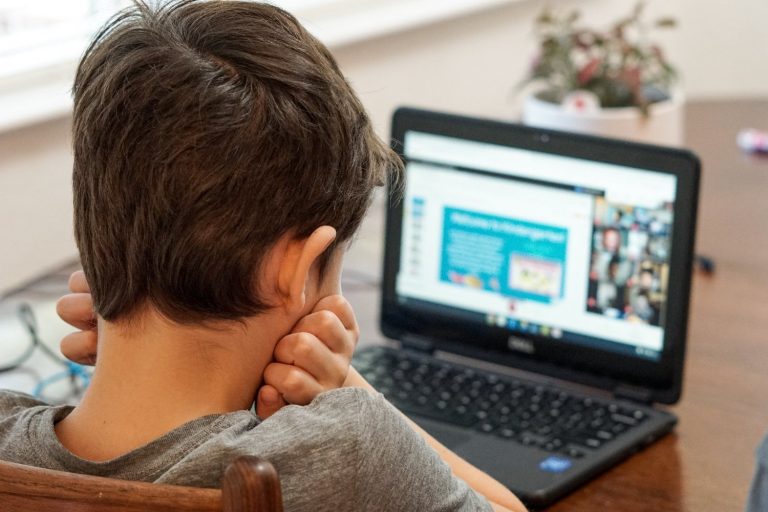Since the COVID-19 outbreak, academic institutions worldwide have had no choice but to move the classroom outside its physical space by going online. While online learning is already an existing teaching method for years, it was only during the pandemic when the entire education industry has to transition classes online, from kindergarten to college.
Online learning was originally developed as an extension of the traditional classroom learning model. It mainly caters to students who want to be independent in their academic careers. This also applies to international students who want to enroll in universities outside their country. It also allowed working students to effectively juggle their work and academic life.
In the Philippines, an online BS Information Technology (BSIT) course is available for students who want to pursue a career in the field of information technology.
Despite the benefits and success stories of online education, many educators share a common dilemma when it comes to keeping students motivated to attend virtual classes. In fact, any academic professional will agree that engagement is critical for an effective learning experience.
Teaching online requires a different skillset to maintain the quality of learning, just like in a physical classroom. Connecting through a webcam is never easy, as it takes a lot of creativity to capture student’s attention. With this in mind, this article will discuss the ways to keep students engaged in the virtual classroom.
Orient students about online learning
Most students are used to learning in the traditional classroom environment, so shifting to a virtual classroom will require a lot of adjustments. To provide support for this new learning experience, offer them an orientation about online learning, their online course, and the type of learning management system you will use for the class.
Encourage students to learn the concept of online learning before they sign up for your virtual education program. Use an interactive tool to spark their interest. Discuss the difference between a traditional classroom and online learning. You can also provide tips about goal setting, time management, and organizing school work.

Redesign lecture formats
Online learning requires higher levels of focus, organization, and motivation. Start by engaging the students by breaking down the lectures into short sequences or bite-sized chunks. Study shows that a person can hold their attention for 10 minutes or less. Their attention span will start to wane if it goes beyond that. To solve this, divide the content into 10-minute segments and another 10 minutes to give learners extra time to digest what they learned.
The spaced learning approach provides learners the opportunity to review and recall information and commit it to their long-term memory. This allows students to focus on one topic and process the concept before moving into the next discussion. During the break, the instructor can enforce breaks, summarize key points, and encourage students to ask questions.
Use the Q&A segment to ask quick questions and test students’ comprehension of the current lesson. Another technique is to use an assessment tool by providing learning exercises or activities in between lectures. This will determine the student’s learning outcomes and how they apply the concepts in everyday life.
Establish a learning community
One of the strongest points of face-to-face classes is the interaction between instructors, students, and teaching assistants. This created a sense of belongingness and community where students feel more motivated to learn.
Without in-person interactions, online learning relies on discussion forums to stimulate conversations. Course websites such as Canvas come with discussion-based features where the teacher urges the student to ask questions and share feedback with their peers. Meanwhile, those who use Zoom as a virtual classroom can try the breakout room to divide the class into small groups for assigning projects or discussions.
Online learning involves certain teaching limitations, so the instructor should encourage students to submit questions or discuss the previous lessons or homework problems to utilize the instructor’s expertise.
Instructors should also encourage students to stay connected with their peers. Social media platforms, such as Facebook and WhatsApp, allow users to create groups and invite other participants to share learning resources and provide support. This helps students to become more comfortable with their peers and establishes a support community outside the virtual classroom.
Despite the many challenges of online learning, this new teaching method has allowed learners to pursue their academic careers amid a global health crisis. This also offers a unique learning experience for students to become more independent in how they manage their academic careers outside the traditional classroom environment. In turn, educators can use this opportunity to explore other alternative teaching methods to keep students engaged.

